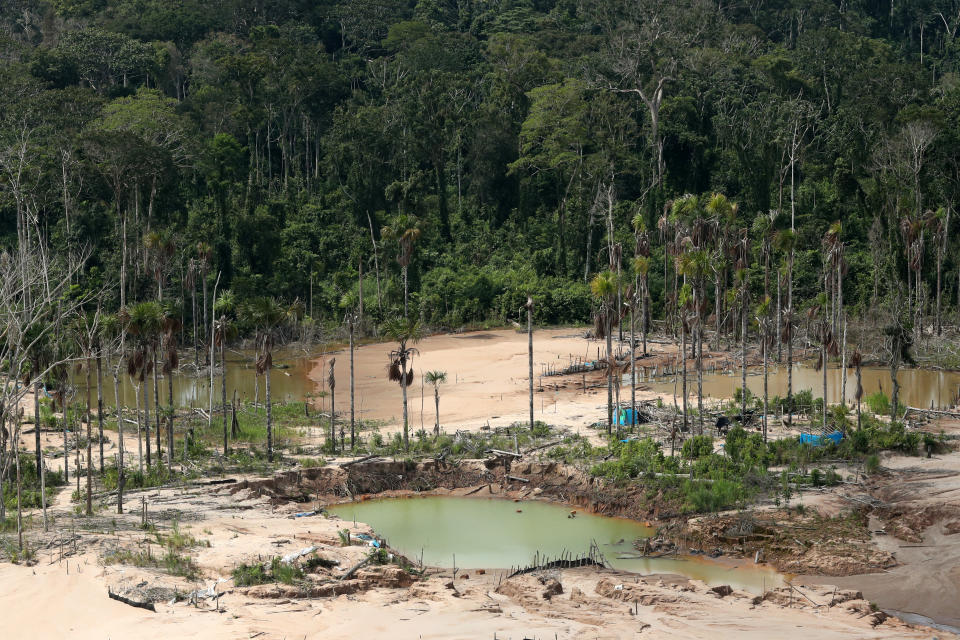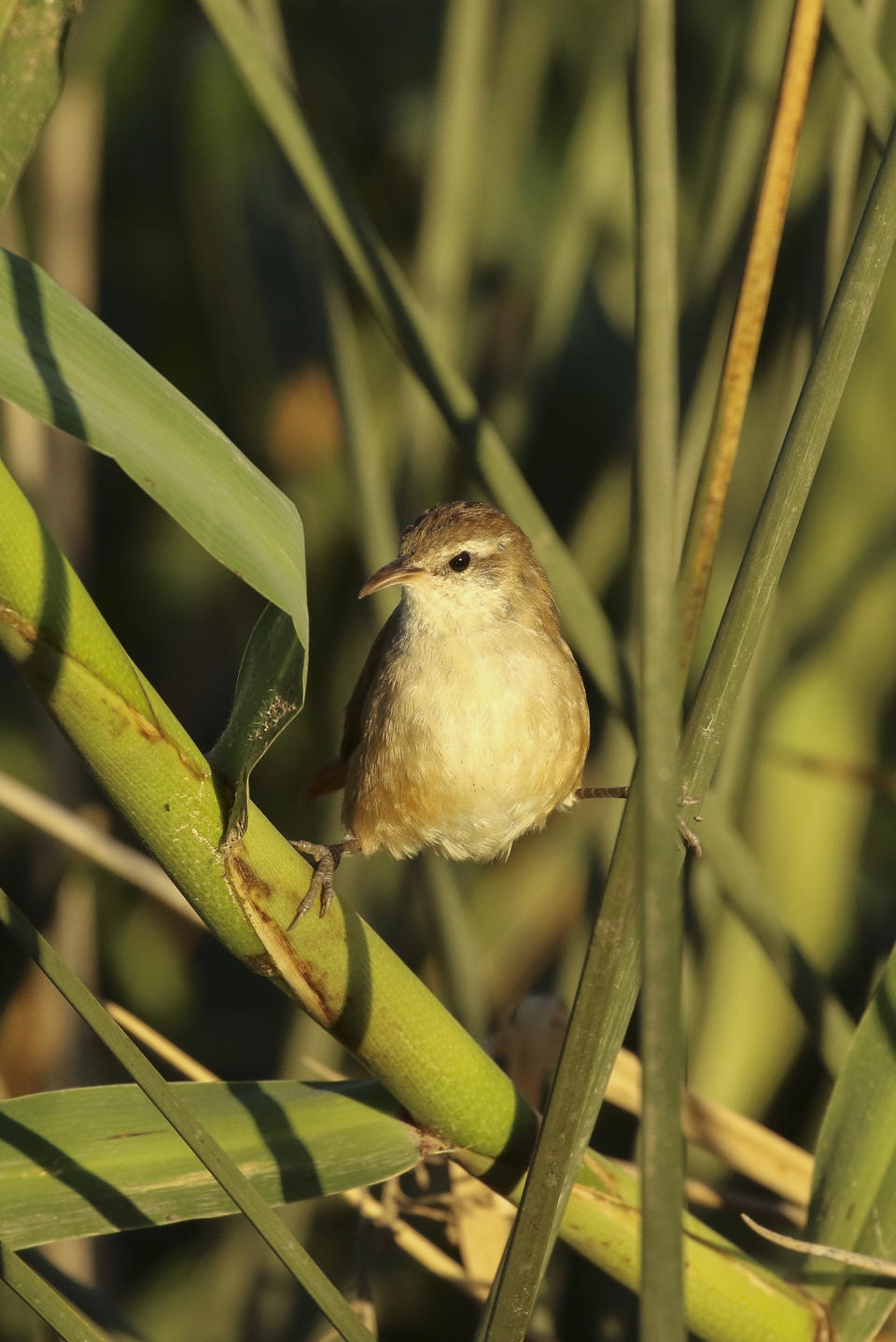Humans putting 1,700 species at risk of extinction by 2070

Up to 1,700 species could be driven closer to extinction as humans destroy their natural habitats, a new study has warned.
Researchers fear that rising use of land by humans means hundreds of amphibians, birds and mammals will be at greater risk of being wiped out by 2070.
A research team of ecologists from Yale University combined information on the current geographic distributions of around 19,400 species worldwide with changes to the land projected under four different trajectories world scientists have agreed on as likely.
The potential paths represent ‘reasonable expectations’ about future developments in global society, demographics, and economics.

Study co-author Professor Walter Jetz said: “Our findings link these plausible futures with their implications for biodiversity.
“Our analysis allows us to track how political and economic decisions, through their associated changes to the global land cover, are expected to cause habitat range declines in species worldwide.”
The study, published in the journal Nature Climate Change, shows that under a ‘middle-of-the-road’ scenario of moderate changes in human land-use, about 1,700 species will likely experience notable increases in their extinction risk over the next 50 years.
The species include 886 amphibians, 436 birds and 376 mammals, all of which are predicted to lose 30-50% of their present habitat.
Animals living in Central and East Africa, Central and South America, and Southeast Asia will suffer the greatest habitat loss.
Among those whose fates are particularly at risk are the Lombok cross frog (Indonesia), the Nile lechwe (South Sudan), the pale-browed treehunter (Brazil) and the curve-billed reedhaunter (Argentina, Brazil, Uruguay).

But Prof Jetz cautioned against assuming that the losses are only the problem of those particular countries.
He said: “Losses in species populations can irreversibly hamper the functioning of ecosystems and human quality of life.
“While biodiversity erosion in far-away parts of the planet may not seem to affect us directly, its consequences for human livelihood can reverberate globally.
“It is also often the demand that drives these losses, think tropical hardwoods, palm oil, or soybeans, thus making us all co-responsible.”

 Yahoo News
Yahoo News 
